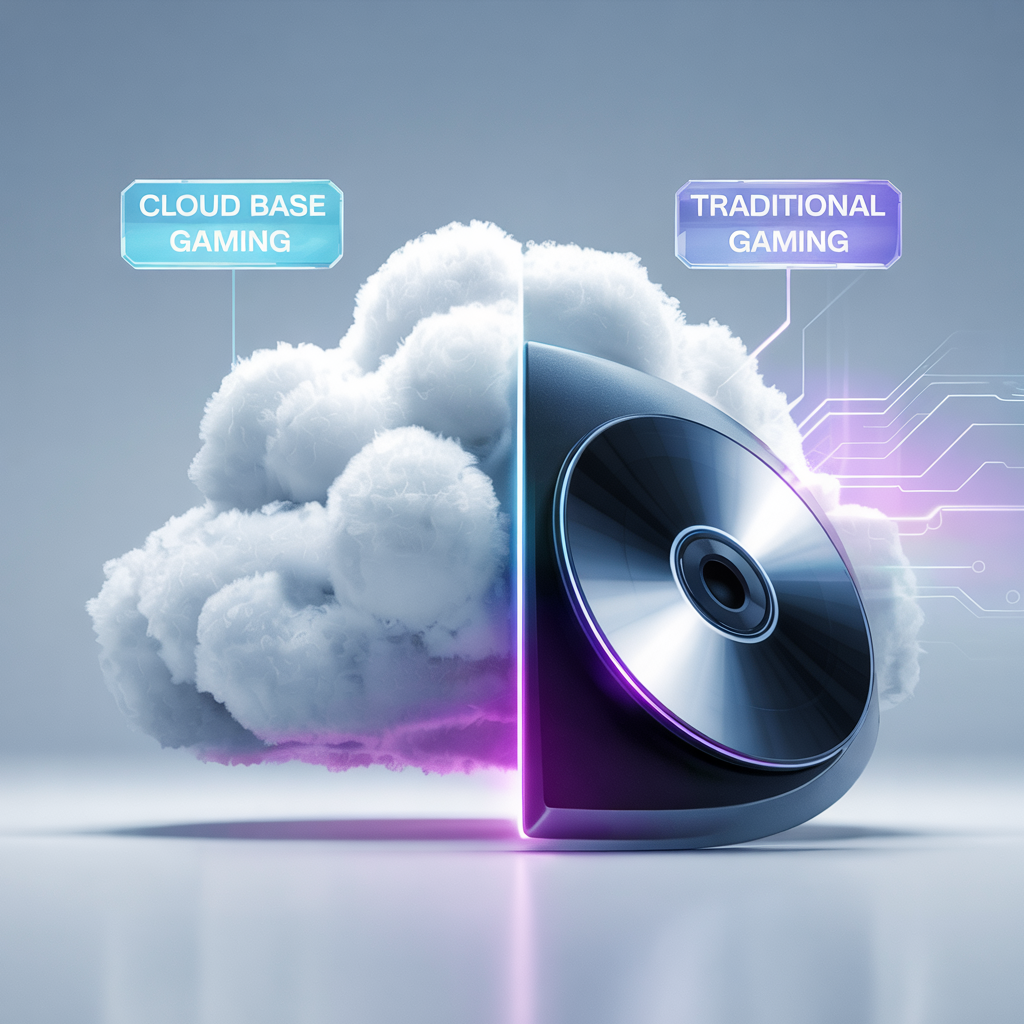I remember rushing to the electronics section at Walmart with my parents, excited to play those PS2 demo games. You couldn’t help but get thrilled while limited to just the first two maps of Crash Bandicoot or NBA Live 99. Back then, the goal was simple: save enough to buy the game and play it until you had to wipe the disc on your shirt to get past loading screens.
Fast forward to today, and cloud-based gaming has entered the chat.
The Shift to Streaming
The market fundamentally transformed around 2014 when PlayStation acquired Gaikai and announced PlayStation Now. This bold move triggered a cascade effect, with NVIDIA, Google, and Microsoft quickly following with their own cloud gaming services.
What made this possible? Three converging technologies:
- Higher bandwidth internet connections
- Significantly lower latency
- Secure, scalable servers from major tech companies
The Financial Revolution Behind the Scenes
For consumers and publishers alike, the game literally changed – no more reliance on brick-and-mortar stores and physical disc releases. The industry went digital in a big way, opening doors to new revenue models:
- Subscription-based consumption services
- Downloadable content (DLC)
- In-game purchases and loot boxes
With new revenue streams came new payment systems. And whenever money moves differently, new challenges emerge.
The Fintech Challenges of Cloud Gaming
The shift to cloud-based subscription models introduced several financial technology hurdles:
- Card-on-file requirements: Maintaining secure payment information for automatic renewals
- Failed payment recovery: Implementing sophisticated dunning processes
- Enhanced compliance needs: Meeting PCI standards and data protection regulations
- Cross-border payment complexities: Navigating different regional requirements
What’s Next in Gaming Fintech?
To summarize: Infrastructure transformed dramatically. Scalable cloud-based gaming replaced rigid hardware requirements. Regulators stepped in to boost consumer confidence in the technology and ensure payment data security.
What does this ultimately mean for the financial side of gaming? Two competing models have emerged:
- Library-based subscription models
- Bring-your-own-games models
Stay tuned for part 2 next week, where we’ll dive deeper into these models and their implications for the fintech industry!

